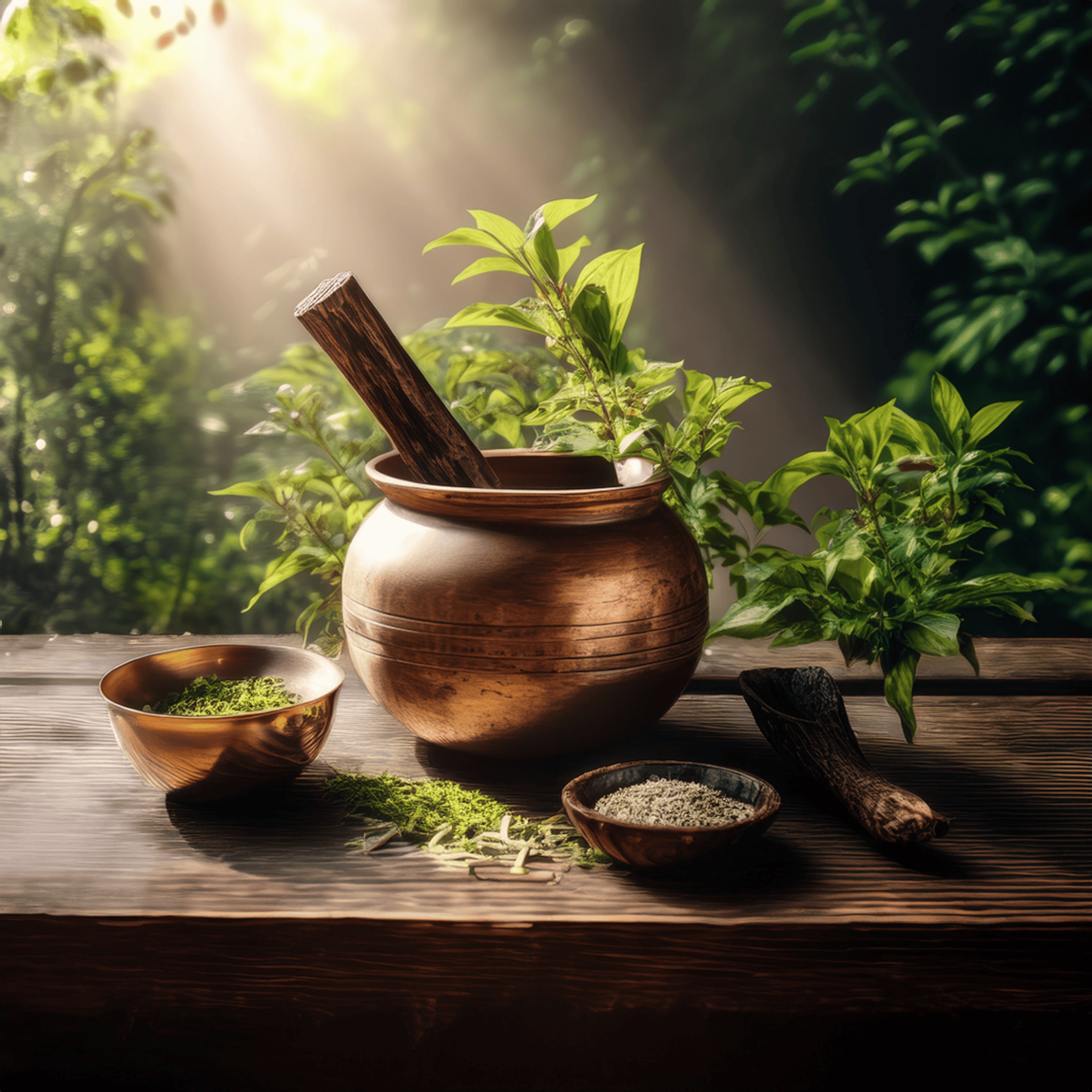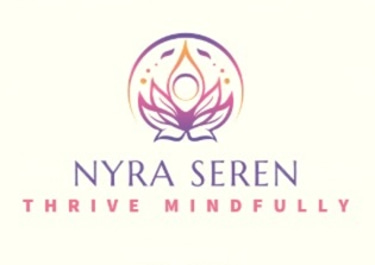
7 Forgotten Ayurvedic Daily Habits for a Healthier Life
Ancient daily habits that bring modern health benefits
10/5/20252 min read
In our modern rush, mornings often begin with hurried alarms, strong coffee, and endless to-do lists. But Ayurveda, the timeless science of life, envisioned mornings very differently. It described a structured daily routine, Dinacharya, that acts like a gentle rhythm, keeping the body, mind, and spirit in balance.
While many of us know Ayurveda for its herbs and healing remedies, its subtle daily rituals are often overlooked. These simple practices are not only preventive but deeply restorative. Let’s explore some lesser-known Dinacharya secrets that can transform your well-being:
1. Gandusha & Kavala (Oil Ritual for the Mouth)
We’ve heard of oil pulling, but Ayurveda goes deeper.
Gandusha involves holding oil in the mouth without swishing, while Kavala is gargling with oil. Both remove toxins, strengthen teeth and gums, enhance voice clarity, and are even said to support vision. Traditionally, sesame or coconut oil is used, infused with herbs for extra benefits.
✨ Try it: Hold a tablespoon of sesame oil in your mouth for 5 minutes, then spit it out. Follow with warm water rinse.
2. Nasya (Nasal Oil Therapy)
Ayurveda calls the nose the “doorway to the brain.”
Nasya involves administering medicated oil drops into the nostrils. It moisturizes nasal passages, improves breathing, sharpens the senses, and even supports mental clarity.
✨ Try it: Place 2 drops of warm sesame or Anu taila in each nostril in the morning. Breathe deeply and lie down for a minute.
3. Karana Purana (Oiling the Ears)
This ritual is almost forgotten today. Lubricating the ears with warm oil calms the nervous system, reduces earaches, and prevents stiffness in the neck and jaw. It was considered especially useful for those prone to anxiety or insomnia.
✨ Try it: Massage a few drops of warm sesame oil around the outer ear canal before bed.
4. Abhyanga (Self-Massage with Oil)
Daily oil massage is one of Ayurveda’s greatest gifts. It nourishes the skin, strengthens muscles, improves circulation, and calms the mind.
Regular practice is said to slow aging.
✨ Try it: Warm sesame or coconut oil, massage gently from head to toe before a bath. Focus on joints and scalp for maximum benefit.
5. Anjana (Herbal Collyrium for the Eyes)
Ayurveda valued eye health deeply. Anjana involved applying herbal preparations to clear toxins, strengthen eyesight, and prevent strain. While traditional formulations may be harder to access today, rose water or triphala wash can serve as simple alternatives.
✨ Try it: Rinse eyes with cooled triphala water on closed eyes or apply pure rose water drops or place cotton pads soaked in rose water over eyelids for 5 minutes.
6. Tongue Scraping
Ayurveda describes the tongue as a mirror of internal health. A coating on the tongue is considered ama (toxin buildup). Scraping removes it, refreshes breath, and stimulates digestion.
✨ Try it: Use a copper or stainless steel scraper each morning after brushing.
7. Aligning with the Ayurvedic Clock
Beyond these rituals, Ayurveda guides us to align activities with natural cycles:
Morning (Kapha time, 6–10 am): Best for exercise, cleansing, and creative work.
Midday (Pitta time, 10 am–2 pm): Strong digestion—ideal for the heaviest meal.
Evening (Vata time, 2–6 pm): Best for study, light meals, and gentle routines.
These ancient practices remind us that wellness doesn’t come from drastic changes, but from small, mindful rituals practiced every day. Even adopting one or two Dinacharya secrets can create profound shifts in energy, clarity, and overall vitality.
Ayurveda whispers gently: Align with nature, and life itself begins to flow with grace.
